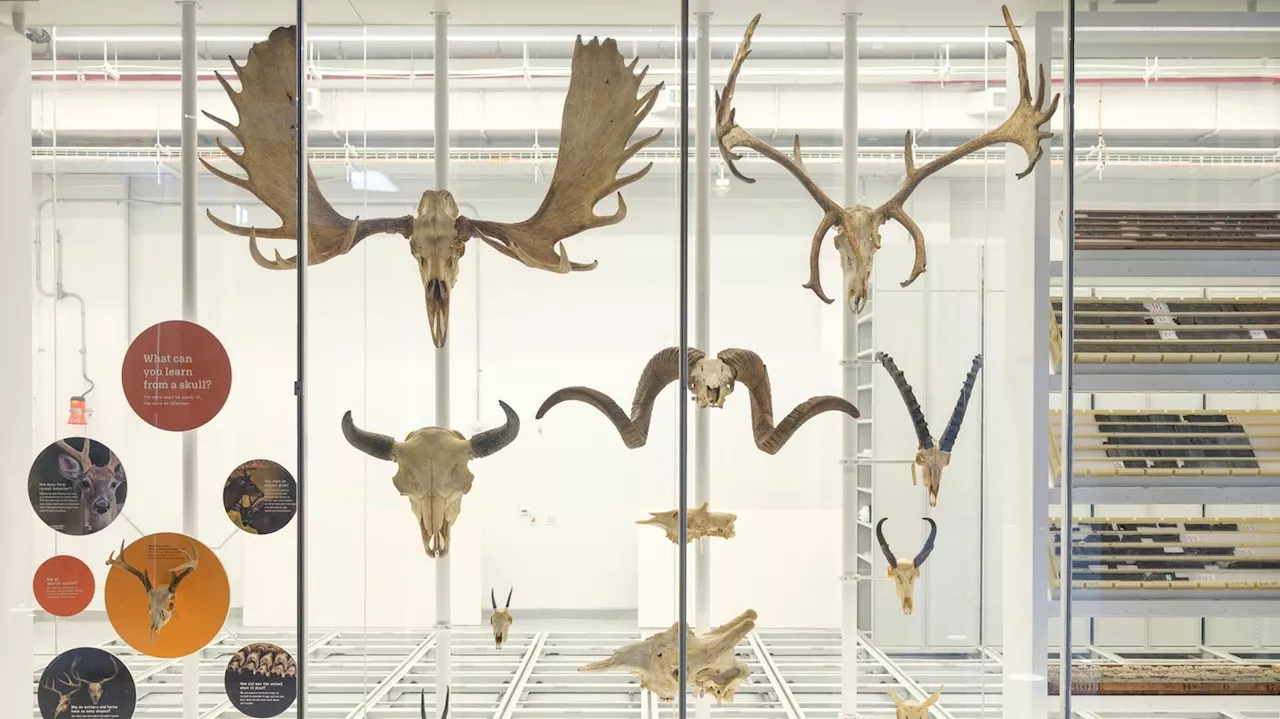Evolutionary ecologist and ornithologist as well as a science writer and journalist. I'm active on many social medias (linked here) and I curate my writing on Medium and Substack.
From the small ossicones of a giraffe to the gigantic antlers of a moose, they all evolved from the same ancestor but are dramatically different in size and shape due to differences in gene expression Cranial appendages, or “headgear,” come in many different shapes and sizes in ruminant mammals. In the fossil record, antlers, horns, and similar growths were first seen on ancestral ruminants in the Cervidae family — deer, bison and their relatives.
Antlers, for example, are found in deer and their relatives. At the root of each antler is a small bony growth known as a pedicle, and every year, antlers grow out of these pedicles. Antlers are made of bone but as they grow, they are covered with ‘velvet,’ a thin layer of skin and blood vessels that nourishes the growing bone underneath. Later, when growth has ceased for the season, velvet dries and is scraped off.
Ossicones are another sort of headgear in ruminant mammals. These short bony growths, which are found in both male and female giraffe and okapi, begin as cartilage growths, and harden into bone and completely fuse to the skull by puberty. Interestingly, although ossicones in giraffe are usually covered in skin and fur, the tips of okapi ossicones are usually unprotected bone in adults.
In this study, Professor Calamari and his collaborator compared cattle horn transcriptome sequences to deer antler and to pig skin transcriptomes. They found that all horns and antlers evolved from a common ancestor as paired bony outgrowths from the animals’ “forehead,” the area near the frontal bones of the skull.
Cranial neural crest cells give rise to a diverse lineage of cells in vertebrates, including bones, cartilage, nerves and connective tissues of the craniofacial skeleton. The remarkable developmental flexibility of cranial neural crest cells supports the development of the remarkable variety of craniofacial shapes and functions, from filter feeding sieves to powerful, toothy jaws in vertebrates.
Gene Expression Ruminant Headgear Cranial Neural Crest Cells Ruminant Cranial Appendages Developmental Biology Grrlscientist Horns Antlers Ossicones
United States Latest News, United States Headlines
Similar News:You can also read news stories similar to this one that we have collected from other news sources.
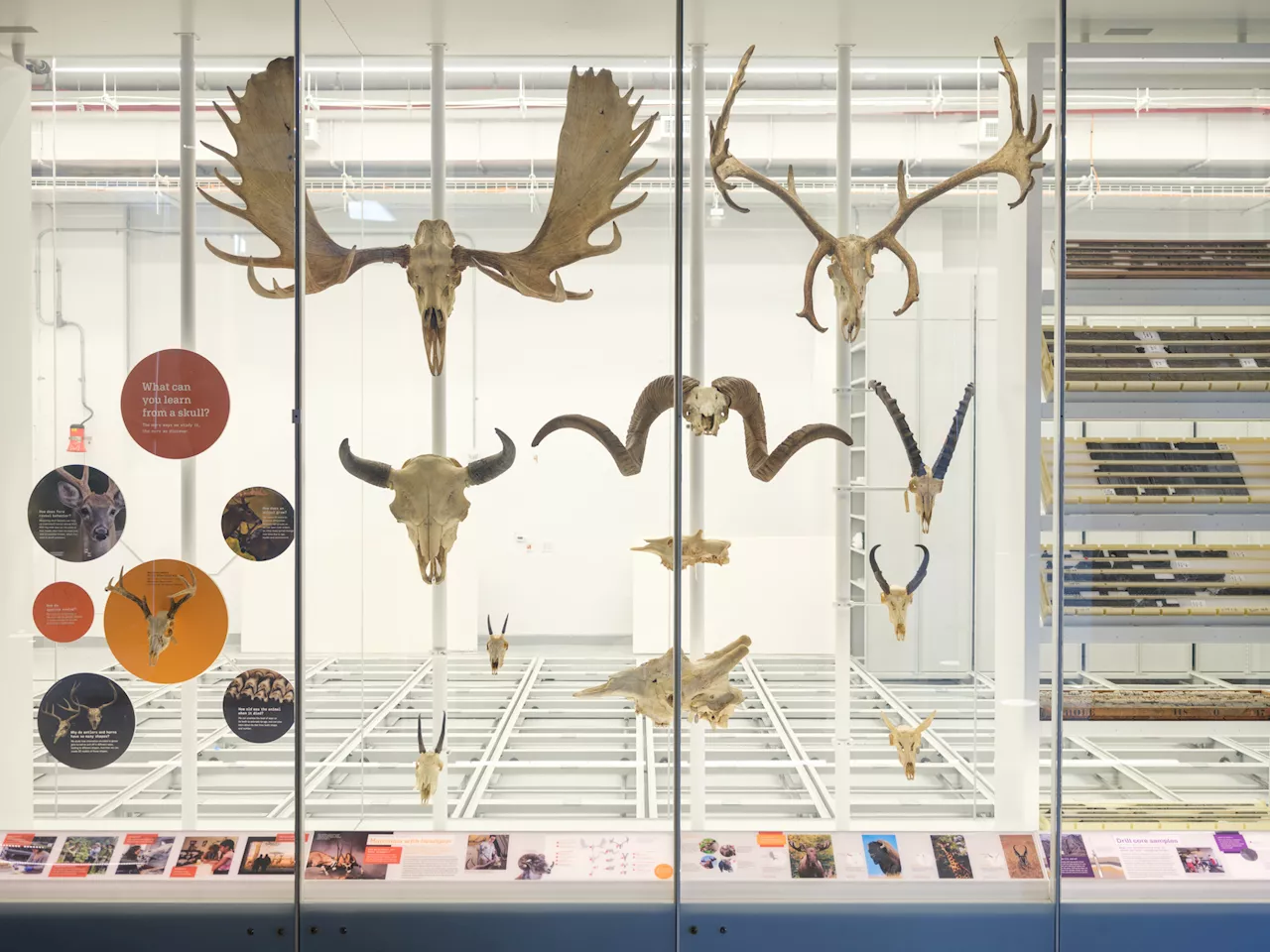 New research suggests diverse headgear in hoofed mammals evolved from common ancestorFrom the small ossicones on a giraffe to the gigantic antlers of a male moose—which can grow as wide as a car—the headgear of ruminant hooved mammals is extremely diverse, and new research suggests that despite the physical differences, fundamental aspects of these bony adaptations likely evolved from a common ancestor.
New research suggests diverse headgear in hoofed mammals evolved from common ancestorFrom the small ossicones on a giraffe to the gigantic antlers of a male moose—which can grow as wide as a car—the headgear of ruminant hooved mammals is extremely diverse, and new research suggests that despite the physical differences, fundamental aspects of these bony adaptations likely evolved from a common ancestor.
Read more »
 Diverse headgear in hoofed mammals evolved from common ancestorFrom the small ossicones on a giraffe to the gigantic antlers of a male moose -- which can grow as wide as a car -- the headgear of ruminant hooved mammals is extremely diverse, and new research suggests that despite the physical differences, fundamental aspects of these bony adaptations likely evolved from a common ancestor.
Diverse headgear in hoofed mammals evolved from common ancestorFrom the small ossicones on a giraffe to the gigantic antlers of a male moose -- which can grow as wide as a car -- the headgear of ruminant hooved mammals is extremely diverse, and new research suggests that despite the physical differences, fundamental aspects of these bony adaptations likely evolved from a common ancestor.
Read more »
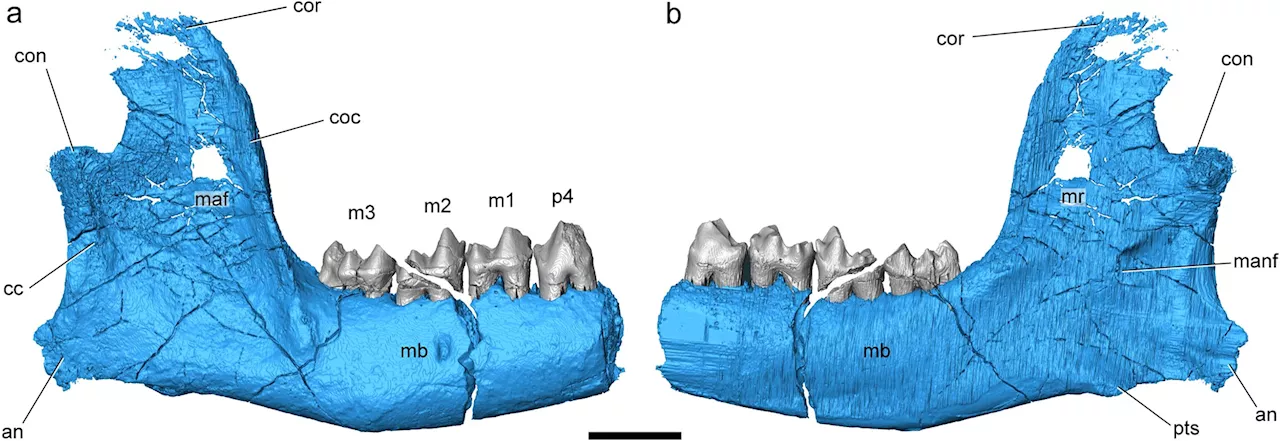 Likely ancestor of all modern hoofed animals identifiedA team of anthropologists, paleontologists and Earth scientists from Kent State University, the City University of New York and the University of Michigan's Museum of Paleontology has for the first time identified the likely common ancestor of all modern hoofed animals.
Likely ancestor of all modern hoofed animals identifiedA team of anthropologists, paleontologists and Earth scientists from Kent State University, the City University of New York and the University of Michigan's Museum of Paleontology has for the first time identified the likely common ancestor of all modern hoofed animals.
Read more »
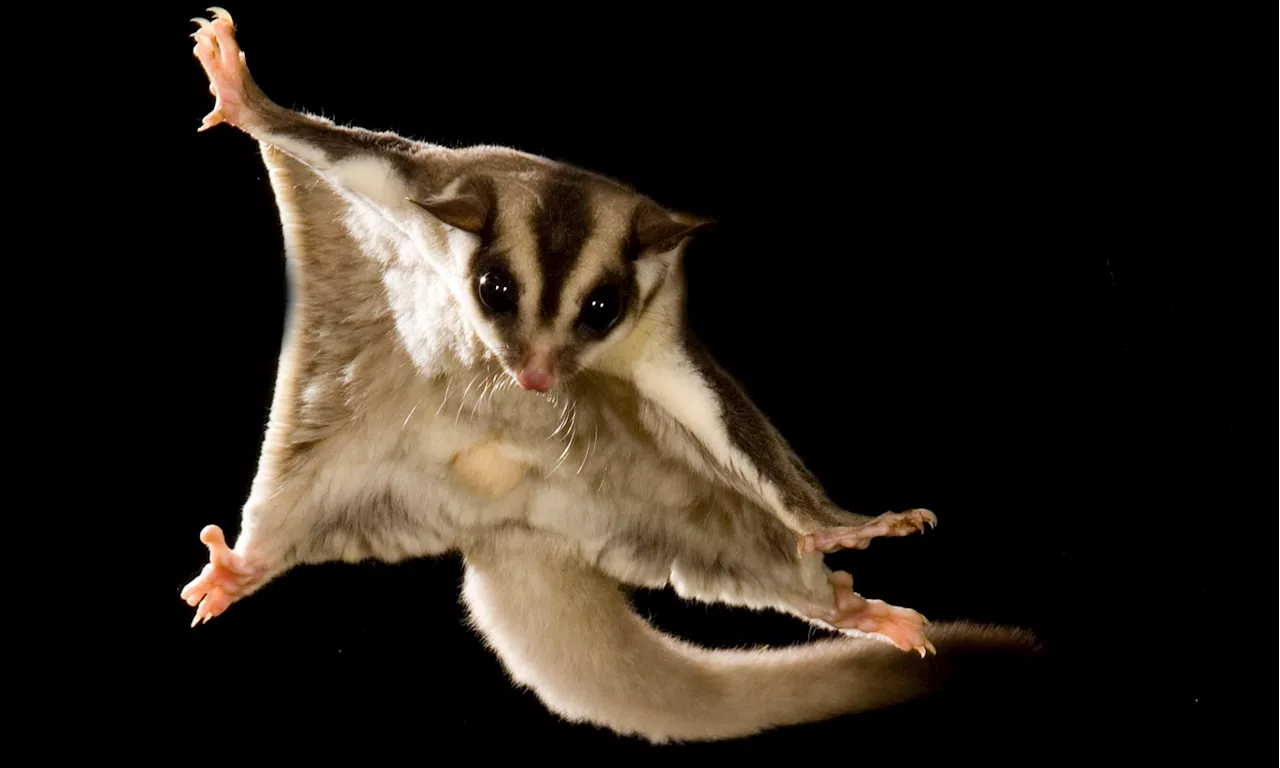 The Genetic Blueprint of Flight: New Research Reveals How Mammals Evolved To GlideScience, Space and Technology News 2024
The Genetic Blueprint of Flight: New Research Reveals How Mammals Evolved To GlideScience, Space and Technology News 2024
Read more »
 Mammals on 'sky islands' may be threatened by climate change, human developmentA new study sheds light on how climate change and human development threaten mammal species living in isolated biodiversity hotspots known as 'sky islands.'
Mammals on 'sky islands' may be threatened by climate change, human developmentA new study sheds light on how climate change and human development threaten mammal species living in isolated biodiversity hotspots known as 'sky islands.'
Read more »
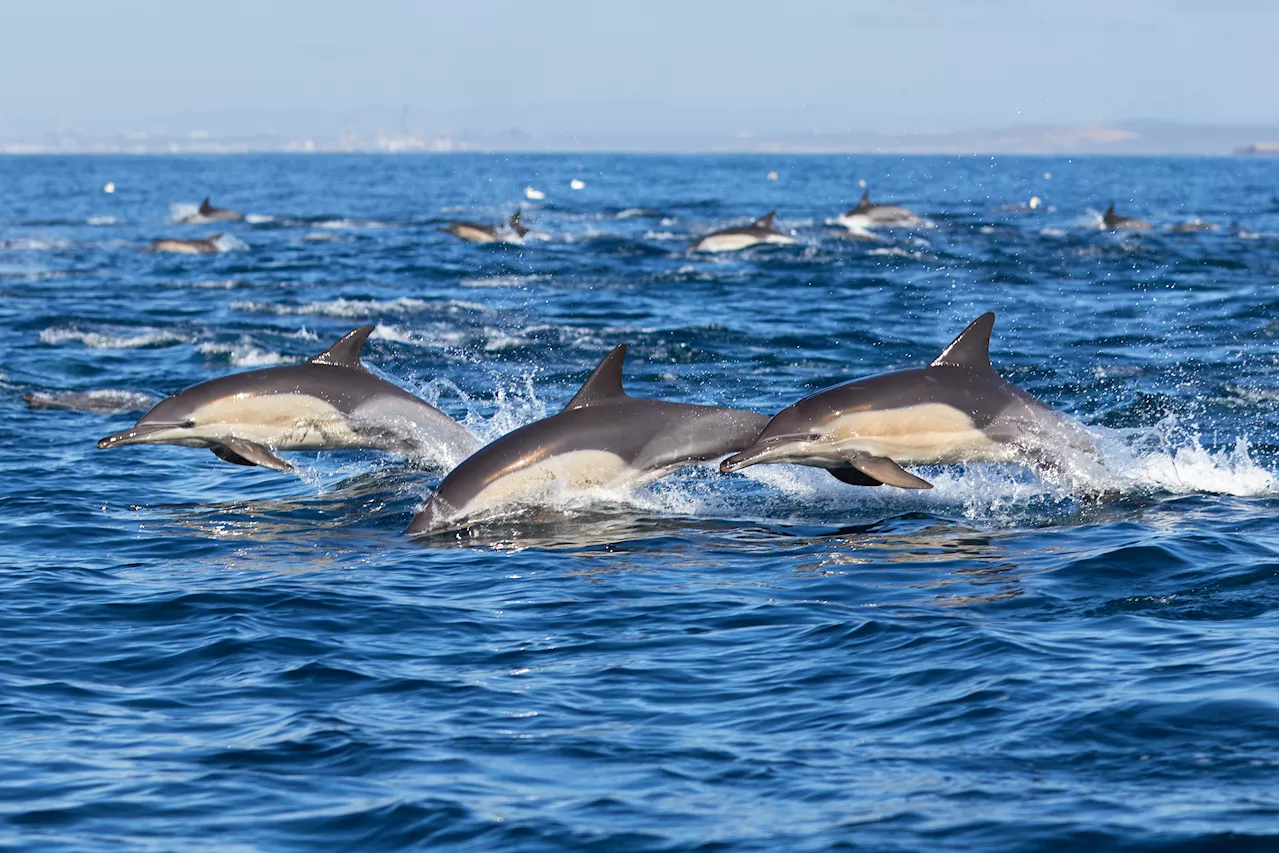 Much Like Humans, Dolphin Pods Have Complex Social StructuresThese marine mammals are known for building unique cultures within their social groups.
Much Like Humans, Dolphin Pods Have Complex Social StructuresThese marine mammals are known for building unique cultures within their social groups.
Read more »
